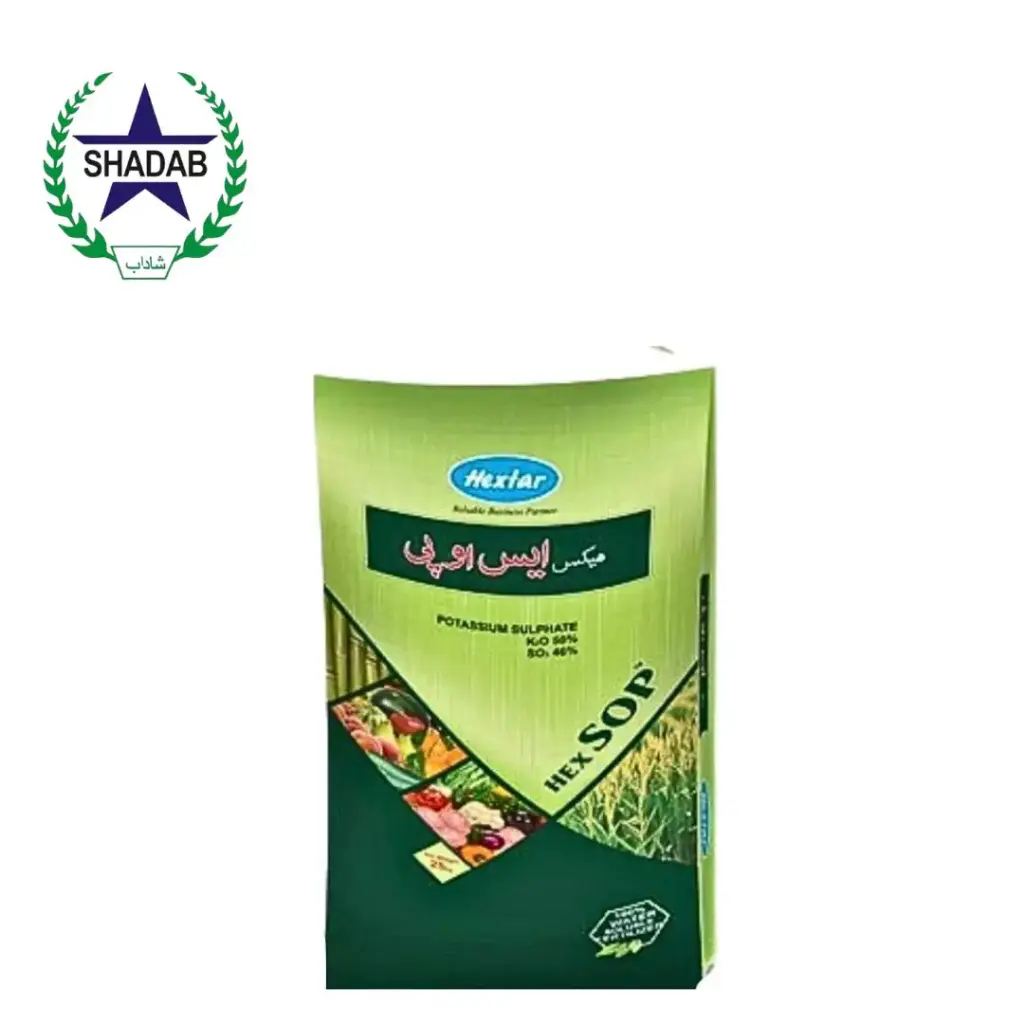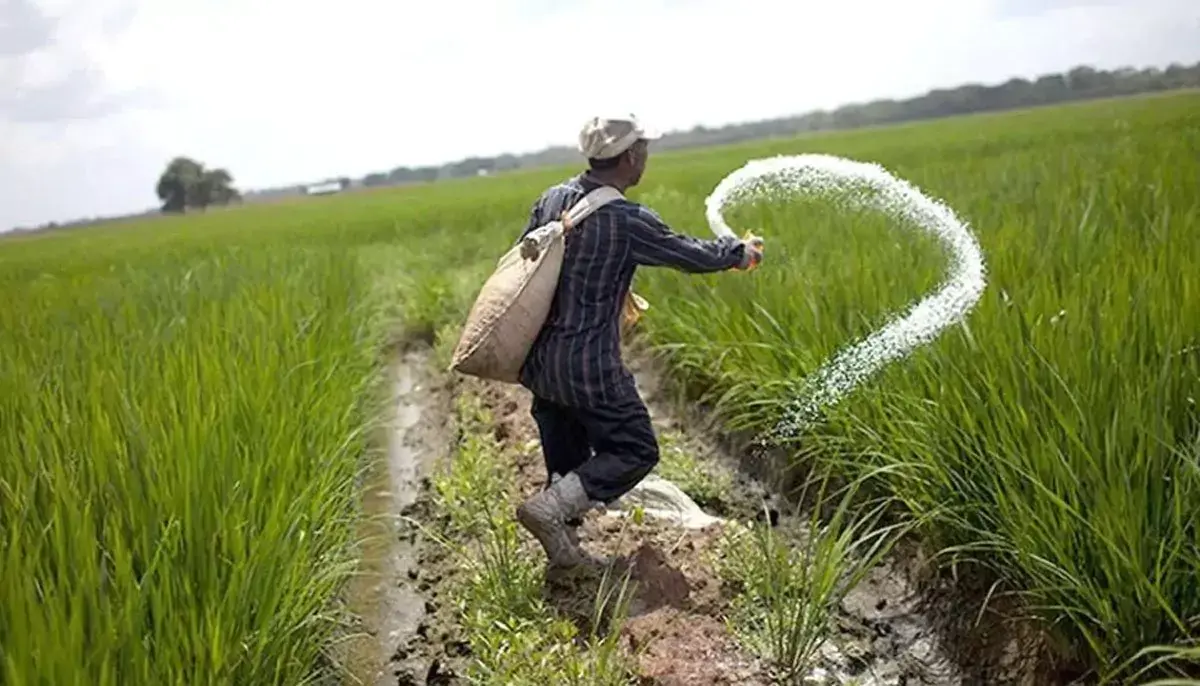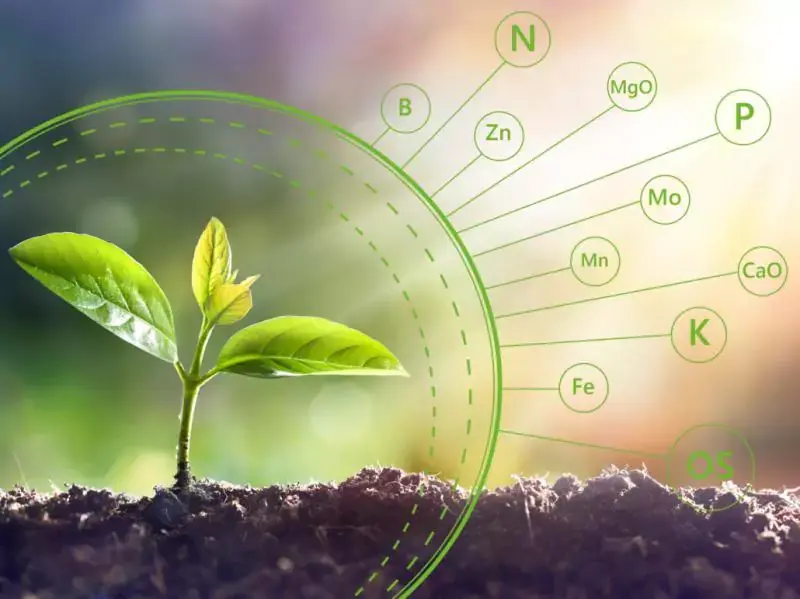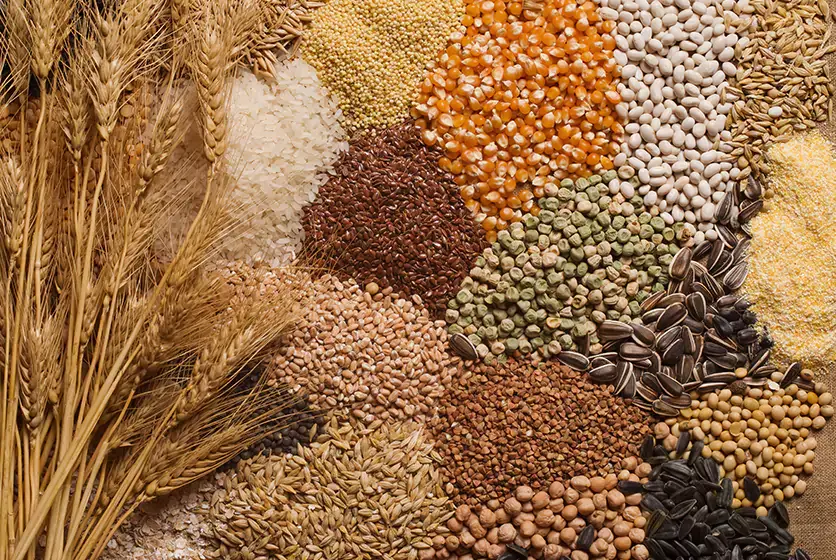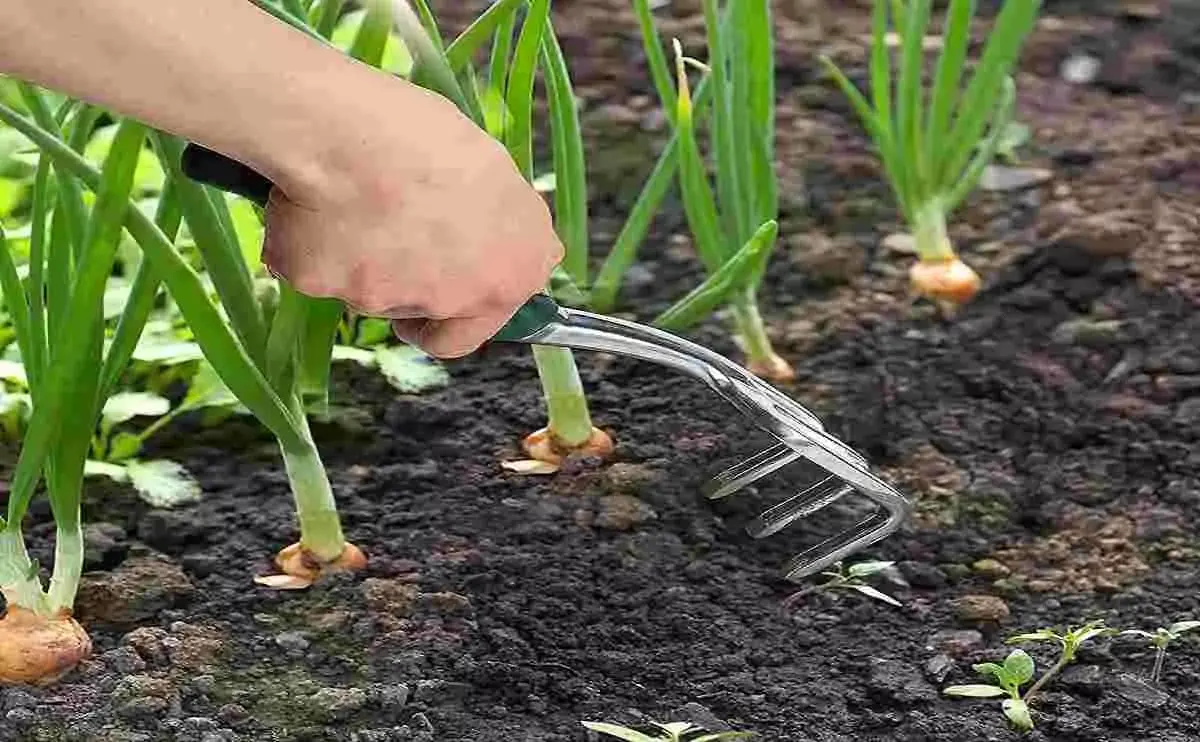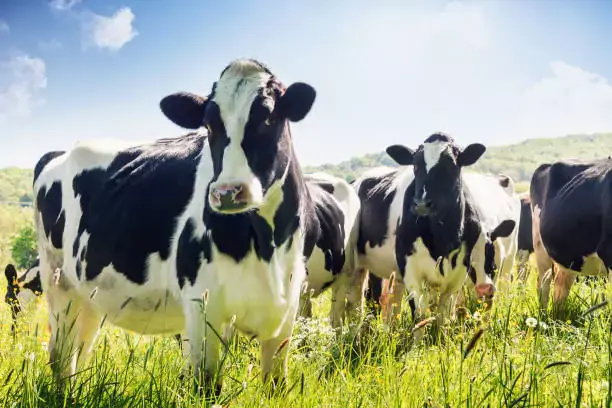سلفیٹ آف پوٹاش (SOP) پوٹاشیم اور سلفر دونوں شکلوں میں پیش کرتا ہے جو آسانی سے گھلنشیل ہوتے ہیں۔ یہ خصوصیت اسے مختلف زرعی ایپلی کیشنز میں غذائی اجزاء کی دستیابی کو بڑھانے کے لیے ایک مؤثر انتخاب بناتی ہے۔ میوریٹ آف پوٹاش (ایم او پی) کے برعکس، ایس او پی کلورائیڈ سے خالی ہے، جس کے نتیجے میں نمک کا انڈیکس نمایاں طور پر کم ہوتا ہے، جو کہ خاص طور پر مٹی کی نمکیات کو سنبھالنے میں فائدہ مند ہے۔ SOP پوٹاشیم کے ترجیحی ذریعہ کے طور پر ابھرتا ہے۔ اس کی کلورائیڈ سے پاک ترکیب نمکیات کے مسائل کو بڑھانے کے خطرے کو کم کرتی ہے، جو اسے مشکل حالات میں مٹی کی صحت اور فصل کی پیداواری صلاحیت کو برقرار رکھنے کے لیے ایک مناسب اختیار بناتی ہے۔ پوٹاشیم کے دیگر ذرائع۔ ایس او پی میں پوٹاشیم کی موجودگی نہ صرف مضبوط تنوں کی نشوونما کو فروغ دیتی ہے بلکہ خلیوں کی بیرونی دیواروں کو گاڑھا کر کے بیماریوں کے خلاف پودوں کی مزاحمت کو بھی بڑھاتی ہے۔ مزید برآں، مناسب پوٹاشیم کی سطح پودوں میں نمی برقرار رکھنے میں معاون ہے، اس طرح خشک سالی کے خلاف مزاحمت کو بہتر بنانے کے ساتھ ساتھ پھلوں اور سبزیوں کے رنگ، ذائقے اور ذخیرہ کرنے کے معیار کو بھی بہتر بناتا ہے۔
Sulfate of potash (SOP) offers both potassium and
sulfur in forms that are readily soluble. This characteristic makes it an
effective choice for enhancing nutrient availability in various agricultural
applications. Unlike muriate of potash (MOP), SOP is devoid of chloride,
resulting in a significantly lower salt index, which is particularly
advantageous in managing soil salinity.In situations where soils exhibit salinity
or sodicity, and where irrigation water may contain elevated chloride levels,
SOP emerges as the preferred potassium source. Its chloride-free composition
minimizes the risk of exacerbating salinity issues, making it a suitable option
for maintaining soil health and crop productivity in challenging
conditions.When seeds or transplants are directly exposed to fertilizers, SOP
poses a reduced risk of causing root burn compared to other potassium sources.
The presence of potassium in SOP not only fosters the development of robust
stems but also enhances the plant's resistance to diseases by thickening the
outer cell walls. Furthermore, adequate potassium levels contribute to moisture
retention in plants, thereby improving drought resistance, as well as enhancing
the color, flavor, and storage quality of fruits and vegetables.
